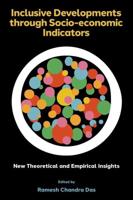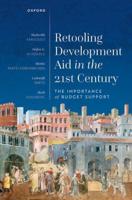Publisher's Synopsis
This book surveys the competing, or sometimes complementary, roles of the state and the market in shaping China's pattern of regional development during the Communist era.
The uneven pace of industrialisation across China's provinces during its economic transition raises numerous questions regarding spatial patterns of industrial development in a developing, transitional economy. Jane Golley's book answers questions such as: Why have inter-regional inequalities in industrial development come to exist? Why are they tending to increase? How have regional policies and reform strategies impacted on these trends? How, if at all, can these trends be reversed? A comparative economic systems analysis of the Mao and Deng eras, combined with theoretical and empirical evidence of the disequilibrium nature of regional development, depicts the recent trend of rising inequality across China as being both inevitable and ongoing. The central government's 'Western Development Strategy' is assessed in this context.
The most novel contribution of the book is the development of a framework for thinking about regional development and policy, which combines two distinct approaches - 'new' economic geography and comparative economic systems analysis - which can be used to understand patterns of regional development anywhere in the world. The application of this framework to regional development during the Mao and Deng eras provides a uniquely holistic and easy-to-read coverage of the topic.
The Dynamics of Chinese Regional Development will appeal to undergraduate and postgraduate students of the Chinese economy. The book will also find an audience in scholars and researchers of Chinese and Asian studies more generally as well as students and scholars of economics, political economy and regional science.









